#indian rhinoceros
Text
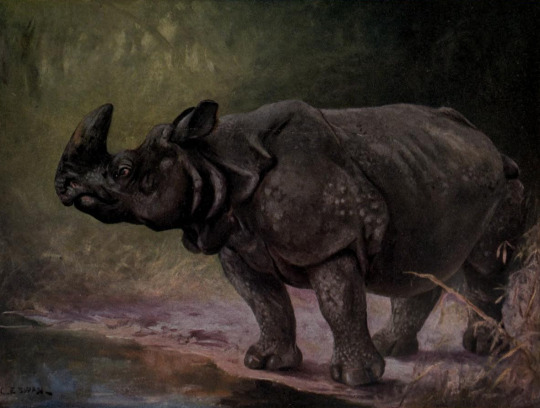
Indian One-Horned Rhinoceros by Cuthbert Edmund Swan. From Wild Beasts of the World, Vol. Two. Written by Frank Finn, published in 1909.
Internet Archive
128 notes
·
View notes
Text
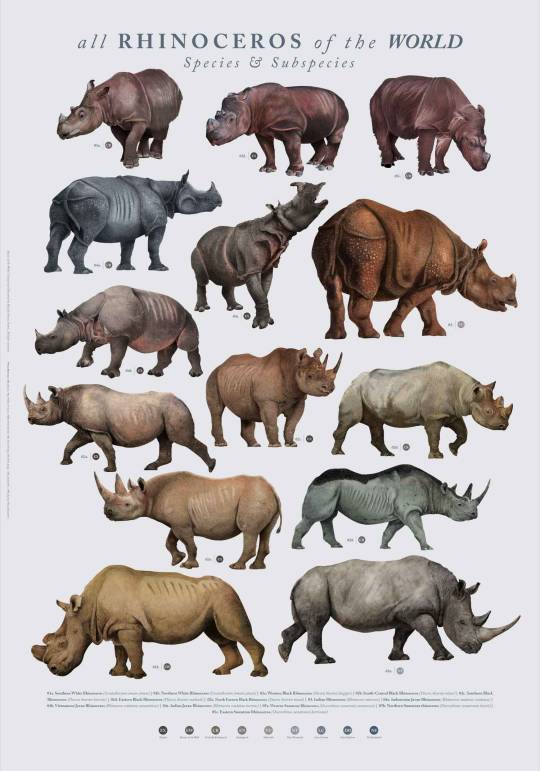
An illustrated poster with all the rhinos of the world. Is the most complete compilation because includes all the subspecies, even the ones that are extinct.
It took time to search, compile and corroborate information. Some of the extinct subspecies' quality photographs weren't good and some others didn't even have, so I had to base them on written descriptions.
Moreover, illustrating a rhino is not easy. Is a meticulous job. A rhino has a lot of textures that take time to do if you want to make it believable (an average of 10 hours per rhino). it drained me and I found myself exhausted at the end. But worthed it. I love animals, I love rhinos and I love to study them and share what I learned.
If you are interested in purchasing this poster, click on the link below:
Store
_________________________________
Thanks for the likes, shares, and love. Have a good week and get drunk
#rhinoceros#white rhino#black rhino#indian rhinoceros#javan rhinoceros#sumatran rhinoceros#illustration#scientific illustration#drawing#illo#wild animals#wildlife#animals#mammals#animal#artist on tumblr#conservation#extinction#extinct species#nice poster#20th century
430 notes
·
View notes
Text

Indian rhinoceros
By: Unknown photographer
From: WWF Threatened Animals
1986
36 notes
·
View notes
Text
It’s Clara! (probably) 🦏
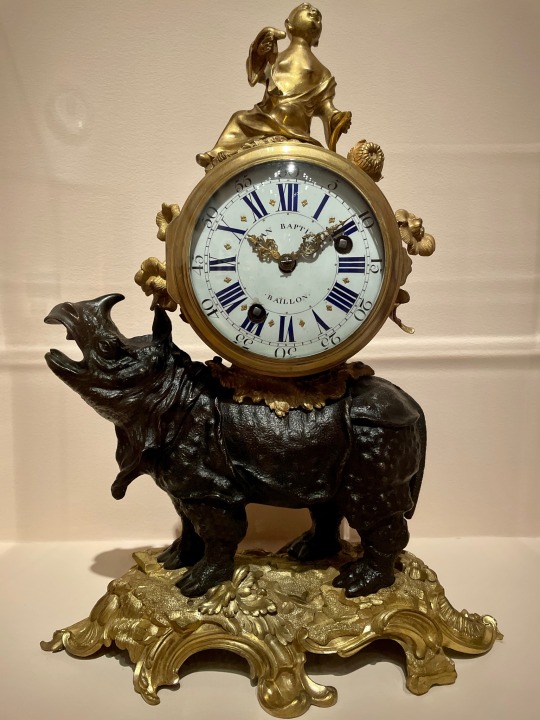


Jean-Baptiste Baillon, clockmaker (French, d. ca. 1770)
Attributed to Jean-Joseph de Saint-Germain,
bronze maker (French, 1719-1791)
Mantel Clock, after 1749
Virginia Museum of Fine Arts display
“This mantel clock exemplifies the exuberant Rococo style of the mid-18th century that delighted in the apparent novelty and exoticism of Asian cultures as they were perceived in the popular European imagination.
Ménagerie clocks featuring models of unfamiliar beasts from Africa and Asia became highly fashionable collectibles in the 1740s. Though the rhinoceros was known in Europe as early as the 16th century, it was not until a live Indian rhinoceros named Clara was brought to the Netherlands in 1741 that the animal became a widely recognized marvel. Clara was exhibited throughout Europe for nineteen years, delighting average citizens and courtiers alike. In 1749, she arrived in Paris, where she inspired drawings by many artists and studies by scientists. The model for this clock was likely based on one of these renderings.”
#animals in art#european art#museum visit#rhino#rhinoceros#Indian rhinoceros#French art#18th century art#clock#bronze#sculpture#decorative arts#metalwork#Clara the Rhinoceros#VMFA#Virginia Museum of Fine Arts
22 notes
·
View notes
Text

Today's Schleich is:
14130 Young Rhinoceros
[1996 - 2005]
16 notes
·
View notes
Photo

インドサイ by 田名部@tanabeai
216 notes
·
View notes
Photo


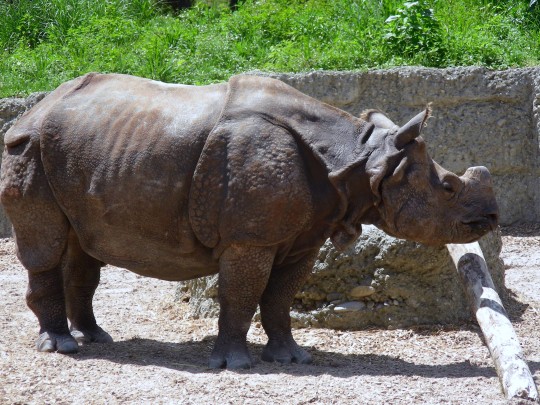
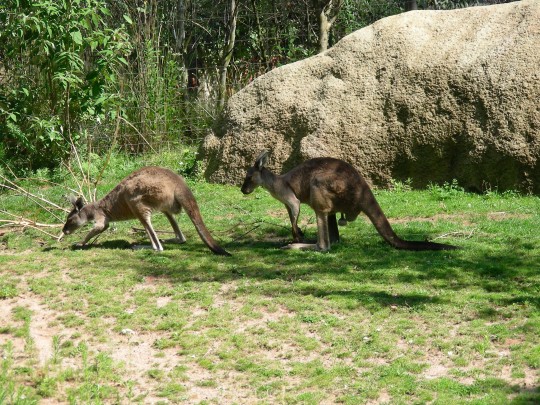


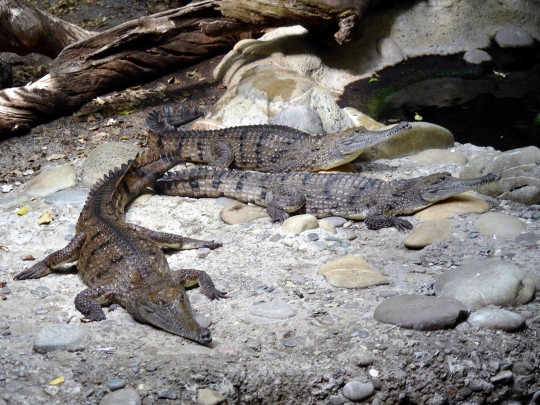

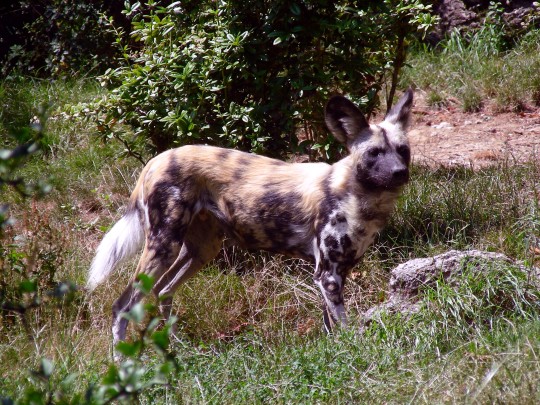

The Zoo Basel (Zolli) openend to public on July 3, 1874.
#African bush elephant#Indian rhinoceros#Western grey kangaroo#Zolli#Sun Bear#Stork#Asian small-clawed otter#Kordofan giraffe#Freshwater crocodile#Snow leopard#African wild dog#summer 2008#animal#Schweiz#Switzerland#Zoo Basel#openend#3 July 1874#anniversary#Swiss history#indoors#outdoors#flora#fauna#tourist attraction#landmark#original photography
12 notes
·
View notes
Text

Indian rhinoceros (Rhinoceros unicornis)
Photo © marcello galleano
3 notes
·
View notes
Text

Photo: One horned Rhino at Chitwan National Park
0 notes
Text
"Enchanted"
2019

Indian Rhinoceros (Rhinoceros unicornis)
#indian rhinoceros#rhino#perissodactyla#animals#animal art#wildlife#wildlife art#photoshop#art#artists on tumblr#mexican artist#autistic artist#dartxo
0 notes
Text
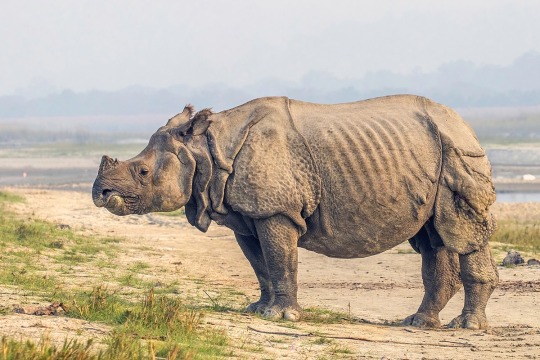
Indian rhinoceros (Rhinoceros unicornis)
As the name suggests, this huge rhino is found in India and the surrounding countries. It lives in grasslands where there are rivers and marshes to cool off in, and eats grass and water plants. It used to span the entire northern region of the Indian subcontinent, but is today only found in a relatively small area. Most Indian rhinos today live in the Terai-Duar savanna, a tropical grassland habitat at the base of the Himalayas which contains some of the tallest grasses in the world- tall enough to hide something as large as a rhino- and is an important refuge for several endangered species.
#markhors-menagerie#animal facts#animals#biology#fun facts#ungulates#odd toed ungulates#rhinoceros#Indian rhinoceros
1 note
·
View note
Text

Indian Rhinoceros
This one is by far the hardest illustration I have made on this blog. Pedro Jarque, a very well-known photographer, has an excellent photograph of the animal. The photograph has so many details that I didn't want to miss but it wasn't easy to translate. It took me forever to understand the skin of the rhino and because is my favorite animal, I wanted to look real nice.
Anyways, finishing up the African rhinos, we move to the Asian ones, and what better way to begin with than the Indian Rhinoceros.
It is the biggest of all the species of rhinos although some put the White rhinoceros in that place. They weren't easy to breed in captivity. The first recorded was in Kathmandu in 1826 and more than 100 years had to pass to have another born in captivity. There are zoo breeding programs in Europe and the USA that ensure the conservation of the species.
Its conservation status is vulnerable and is protected in all its habitat ranges. However, poaching still occurs.
Instagram
Store
______________________________
References:
Indian Rhinoceros
Photo Reference:
Pedro Jarque: Website | Instagram
___________________________________________
If you like the content, please give me a like and a follow. Every week one new animal.
#indian rhinoceros#rhino#rhinoceros#illustration#drawing#scientific illustration#illo#wild animals#wildlife#animals#mammals#artist on tumblr#animal#infographic#conservation#illustration scientifique#drawing animal#wild life
66 notes
·
View notes
Text

Indian rhinoceros
By: W. S. Berridge
From: The Book of the Animal Kingdom
1910
#captivity#indian rhinoceros#rhinoceros#ungulate#mammal#1910#1910s#The Book of the Animal Kingdom (1910)#W. S. Berridge
20 notes
·
View notes
Text
For #ManuscriptMonday: Asian Elephants and Indian Rhinoceroses!


Lovely miniatures in a c. 1590-3 imperial illuminated manuscript of The Memoirs of the Mughal Emperor Babur (r.1526-30) [The British Library OR 3714, f. 378r + 379r].
"Originally written in Chaghatai Turkish and translated into Persian at his grandson Akbar’s request by Mīrzā ʻAbd al-Raḥīm Khān."
#Manuscript Monday#illuminated manuscript#miniature painting#painting#illustration#book illustration#Mughal art#Indian art#South Asian art#Asian art#Babur#British Library#Persian manuscript#elephant#Asian Elephant#Rhinoceros#Indian Rhinoceros#natural history art
49 notes
·
View notes
Photo

behold, a unicorn
1 note
·
View note
Photo

Maiden & unicorn
44 notes
·
View notes